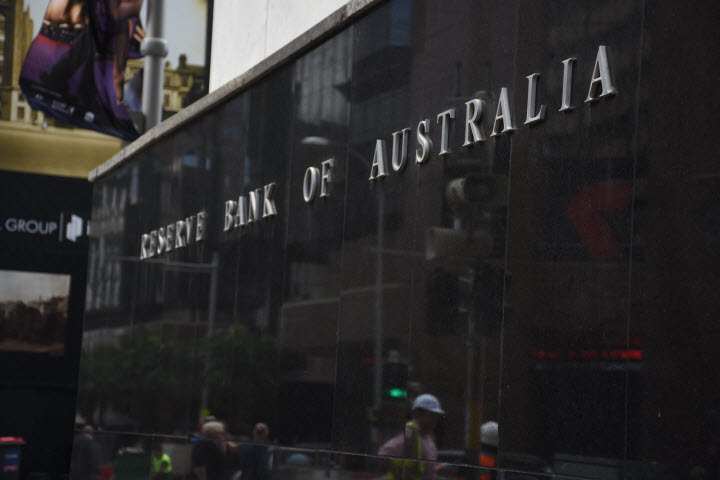Dissecting the two main problems plaguing the Reserve Bank of Australia

I was in Sydney over the past week and did a video take on the matter in front of the RBA but sadly, my camera ran out of memory (blame the beautiful scenery of Bondi's coastal walk) so perhaps another time then when I can put my attempt at an Aussie accent to good use.
But basically what I want to talk about is why the RBA will not be raising its cash rate this year:
1) Inflation
All central banks in the developed world are struggling with it, not just the RBA. Now, the RBA's preferred measure of inflation is the trimmed mean reading (latest is Q4 - 1.8% y/y) and that still sits below their target band for inflation of 2% - 3% - and it has been since it dipped below the band in 2016.

And this is one of the main reasons why the RBA has been emphasising that a "strong AUD may complicate the outlook" over the last few years. Thankfully for them, this is one area that's working in their favour as the AUD is the weakest performer to start off the year.
The two main issues though in this space, are ones that the RBA will find difficult to have any say on. The first of which is retail competition. With Amazon now in the mix, expect downward pressure on prices and stronger retail competition among Aussie retailers. That is going to depress prices, and keep a lid on inflationary pressures.

The second of which is wages. The RBA is looking for wages at 3.5% y/y to provide any form of meaningful boost to inflationary pressures but this just isn't coming. Wages are only sitting at 2.1% y/y based on the latest reading, and there is still a long way to go before the central bank feels confident that wages will play a part in aiding the inflation outlook.
Real wages remains flat, and has just only moved into positive territory - so that is something they can take comfort on the second reason.
2) Household consumption/debt
It's one of the more talked about issues plaguing the Australian economy (one I have been highlighting since the Q1 2017 GDP report). The RBA labels this as "a source of uncertainty" in its message but what exactly is it?

The best gauge of this in my view is looking at the savings ratio from the GDP report. The reading remains sluggish - despite improving in the last quarter to 2.7 - as it shows that Australian households are still able to save (income less costs) but at a much weaker pace compared to the average from 2010 to 2015 (at least above 6.0).
Matters get worse when you dive into what the expenditure for most Australian households are. The main spending of the consumer comes from electricity, gas, fuel, vehicles, insurance. These are all necessities and core items. Not a whole load of spending is going into luxury items - and that says a lot about disposable income at hand for the consumer.
And all this points to a risk towards economic growth. Although the consumer added to growth in the last GDP report, it's not as much as the central bank would've liked. And as long as household consumption remains subdued (high levels of debt), I don't see GDP growth surpassing 3% any time soon.
3) What does all this mean for the AUD?
To talk about the AUD is also talk about the RBA. Now, despite what they say the RBA surely wants to join the "big boys club" and normalise monetary policy as and when they can. And in spite of the risks posed by household consumption/debt, if the economy is still holding up at decent levels of growth then the immediate focus of the RBA will turn towards inflation.
The one thing going in favour of the RBA and central banks is that we're seeing higher oil prices again. That is eventually going to feed into prices at the pump, and could help to increase the prices for goods and services. But ultimately, they're still relying on hope more than anything else. And to things within their control, they will continue their rhetoric in jawboning the AUD lower.

The market is expecting the RBA to move to raise its cash rate in Q1 2019. The trade in the AUD will be a trade on when the RBA will move.
And this is why the US-China trade rhetoric is casting a dark cloud on the RBA's rate outlook. It adds further uncertainty to an already uncertain central bank. Should expectations of a rate hike get pushed further back, the AUD will wither further than it already has this year.
I expect that to be the base case scenario especially when the inflation outlook still looks uncertain and that is going to be a drag heading into 2H 2018.
But if inflation starts to surprise on the upside and inflationary pressures start improving, expectations for a rate hike could start being priced in more favourably and at a quicker pace (possibly for Q4 2018) - and that in my view should a scenario like that play out the AUD will be one of the star performers to end the year with.



